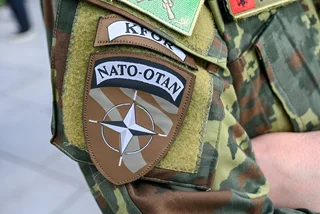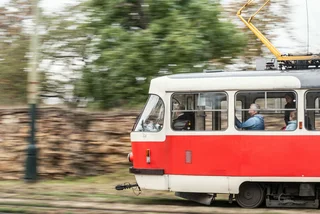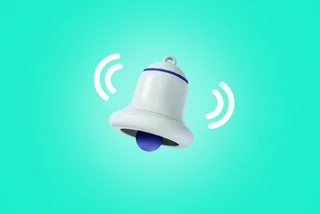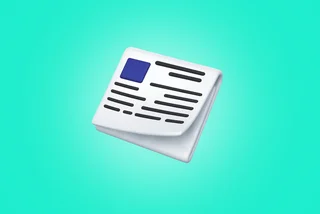A mother and her 13-year-old son discovered a trove of historical silver coins when they were out walking in the woods in Moravia, the eastern half of the Czech Republic.
They were walking near Loučka, a small village in the Zlín region, when they came across a broken clay pot that contained 818 silver coins. Once coins are analyzed, they will be put on public display by the Wallachian Regional Museum (Muzeum regionu Valašsko).
PARTNER ARTICLE
On Feb. 8, Petra, who declined to give her last name, and her son Michal went for a walk near their home in Police and came to a spot called Ratíkov, part of the neighboring village of Loučka. There they noticed pieces of a clay pot and some green-colored coins coming up from the ground around a tree stump a little ways from the road.
“Well, I didn’t know much about it, but my son enjoys history at school a lot, and he immediately said that it would definitely be something rare,” Petra said.
They reported the discovery to the Wallachian Regional Museum. Archaeologist Samuel Španihel took possession of the treasure. “The find contained fragments of a clay vessel of unknown origin and a set of slightly to heavily corroded silver coins numbering 818 pieces, most of which were stuck together into several differently sized conglomerates. I also performed a search on the spot, during which I discovered only individual coins,” Španihel said.
At the museum, the coins will undergo cleaning and conservation in the following months. Due to the degradation of the coins, it was not possible to determine the exact type and date range of the hoard from the initial research, but the archaeologist has made a preliminary estimate.
“The general look of several better-preserved pieces resembles groschen and kreuzer coins of Leopold I of Habsburg and related monarchs,” he said.
“Very generally, it is possible to date the hoard to the 17th and the beginning of the 18th century. The color of the shards and the composition of the container material then indicate that it does not come from our area, but probably from some mining region,” he added.
Petra and Michal took part in the initial research in the restoration workshop of Kinský Zámek in Valašské Meziříčí, the main town in the area.
Zuzana Fišerová, Councilor for Education and Culture of the Zlín Region, said she would like to thank the pair that found the treasure for handing it over to the museum. “They will help reveal another piece of the region’s history and will also allow the public to see these beautiful coins,” she said.
Tomáš Vitásek, director of the Wallachian Regional Museum, said the archeological team has been doing a great job for a long time, which is reflected, among other things, in the fact that the public has great confidence in it. “And I don’t mean just honest finders, but also builders who need it for archaeological surveys of the sites they work on. So it is no wonder that such great finds have increased in recent years,” he said.
Perhaps in part because the pandemic saw people going out into nature areas more often, 2021 was the most successful in terms of archaeological finds in Wallachia’s history. The highlight last year was at the village of Ústí u Vsetína, where a group of friends found a container full of Prague groschen from the second half of the 14th century. This year is now off to a good start as well.
Detailed examination of 818 coins from Loučka won’t start for several months. Experts will begin only after the analysis of last year’s find in Ústí u Vsetína is completed.
“There are many tasks to be done and not all of them are done in our museum. But in the end, we will be able to put together a comprehensive historical picture of both discoveries,” Španihel said. After all the preservation and research work is completed, both finds will be exhibited in one of the branches of the Wallachian Regional Museum.












 Reading time: 3 minutes
Reading time: 3 minutes 





























